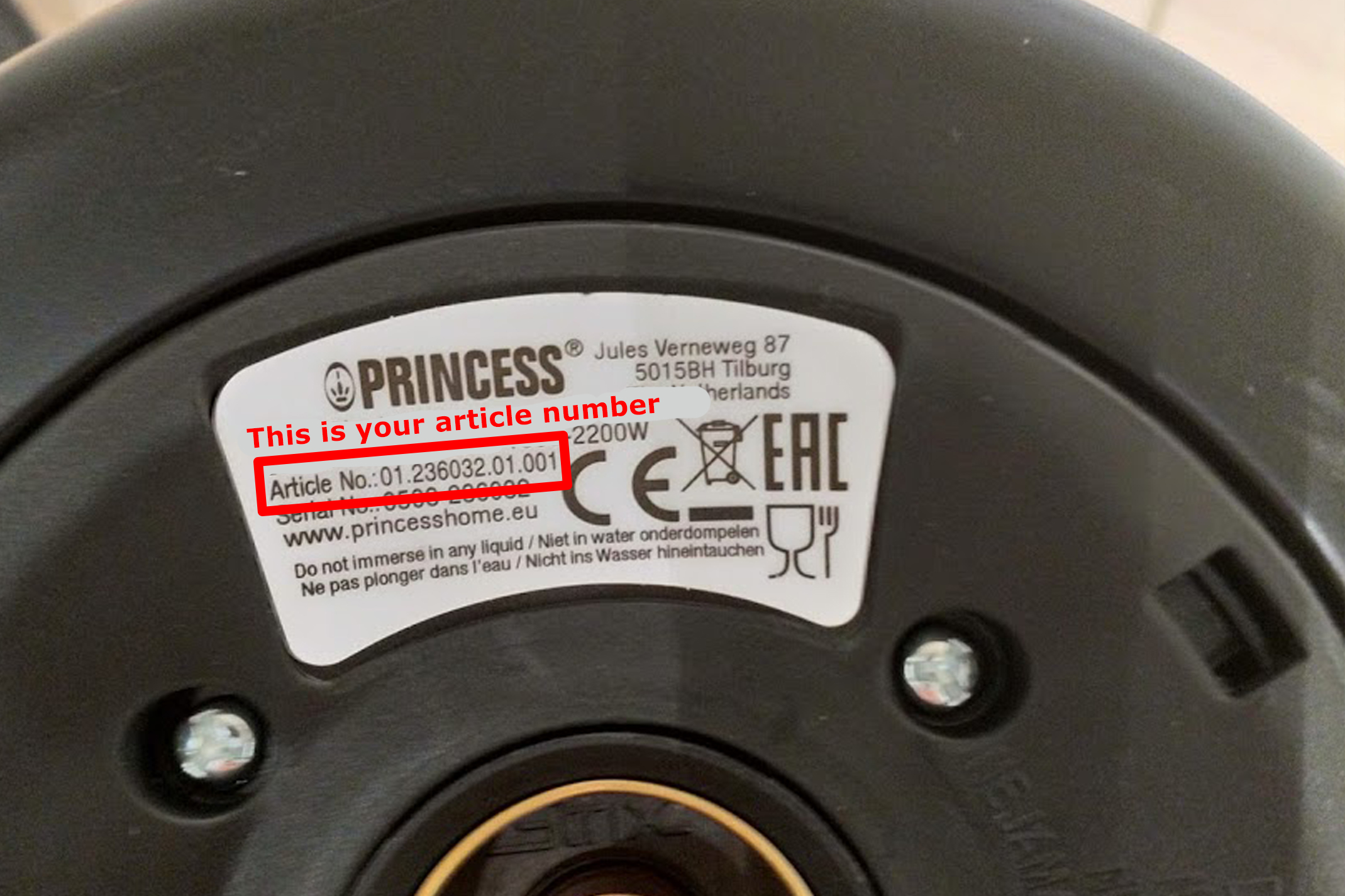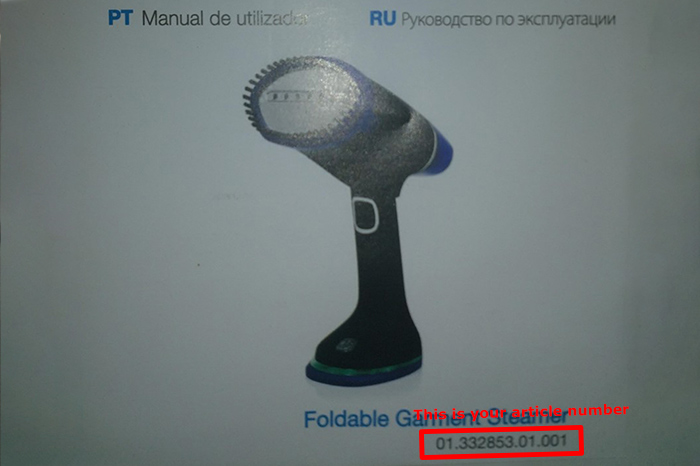Q1: What is stainless steel, and why is it used in consumer electronics?
A: Stainless steel is a durable, corrosion-resistant metal alloy often used in consumer electronics for its strength, aesthetic appeal, and resistance to rust. It's a mixture of steel, chromium, and other elements designed to create a protective oxide layer that helps prevent rust.
Q2: If stainless steel is rust-resistant, can it still rust?
A: Yes, despite its rust-resistant qualities, stainless steel is not completely rust-proof. Several environmental and usage factors can cause stainless steel to corrode or develop rust over time, especially in harsh or prolonged conditions.
Q3: What can cause stainless steel to rust on my electronic device?
A: Rust can develop due to a variety of reasons:
Environmental Moisture and Humidity: High humidity increases the likelihood of rust. If stainless steel surfaces are frequently exposed to moisture or salt in the air, rust can develop over time.
Exposure to Salty or Acidic Environments: Saltwater or sweat is highly corrosive to stainless steel. Salt can damage the protective oxide layer on stainless steel, leading to rust.
Improper Maintenance or Cleaning: If stainless steel is not cleaned or maintained properly, residues like sweat, grease, and dust can build up and corrode the metal. Using harsh chemicals or abrasive cleaning tools can also scratch the surface and compromise the protective layer.
High Temperatures: Exposure to extreme temperatures can affect the integrity of stainless steel. If the device or its parts are used in environments with high or fluctuating temperatures, the protective oxide layer can wear down, making it easier for rust to form.
Water Exposure without Proper Drying: Water left to sit on stainless steel parts can contribute to rusting. Even though stainless steel is resistant to water damage, long periods of exposure without drying can weaken its protective coating.
Q4: Can I prevent rust on the stainless steel parts of my device?
A: While rust is a possibility, there are several ways to reduce its risk:
Regular Cleaning: Clean stainless steel parts regularly with a soft, dry cloth. Avoid harsh cleaners or scrubbers that can scratch the surface. For a deeper clean, use mild soap and water, ensuring the surface is fully dried afterward.
Avoid Harsh Environments: Whenever possible, keep devices away from saltwater, excessive heat, or extreme humidity. If exposure is unavoidable, try to clean and dry the device immediately after use.
Store Properly: Store electronic devices in a cool, dry area when not in use, especially those with stainless steel components.
Q5: What should I do if I notice rust on my device?
A: If rust appears on stainless steel parts, it can often be removed with light cleaning. Use a soft cloth with a non-abrasive cleaner designed for stainless steel, gently scrubbing the affected area. You can also try using a mixture of baking soda and water to lift light rust stains. If the rust is extensive, it may be best to consult a professional for advice on repair or replacement.
Q6: Does rust affect the functionality of my device?
A: Rust on the outer parts of stainless steel components is often cosmetic and doesn’t necessarily affect functionality. However, if rust spreads to functional parts or affects internal components, it may compromise the device's performance. Regular maintenance can help prevent rust from impacting the device's operation.
Summary: While stainless steel is rust-resistant, it is not completely immune to rust. Environmental exposure, improper care, and other factors can all play a role in developing rust on stainless steel parts of consumer electronic devices. Regular maintenance, careful cleaning, and protective measures can help minimize this risk and keep your device in optimal condition.


